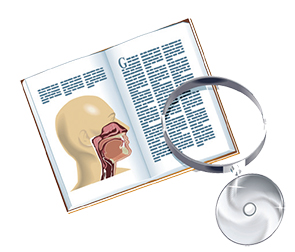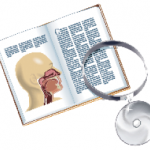This article was originally published in The Laryngoscope. 2013;123:304-305. Background Current trends in auditory rehabilitation for single-sided deafness (SSD) reflect a renewed interest in the functional impact of unilateral hearing […]


This article was originally published in The Laryngoscope. 2013;123:304-305. Background Current trends in auditory rehabilitation for single-sided deafness (SSD) reflect a renewed interest in the functional impact of unilateral hearing […]

Implantation of the poorer ear has raised concerns that the implant could be less beneficial in an auditory system that has been long deprived of stimulation

Research suggests bilateral implants should be placed simultaneously when feasible

Water precautions are not routinely advised after tympanostomy tube placement

Intraoperative facial NIM can identify facial nerves at risk during middle ear or mastoid surgery and is cost-effective

Best practices recommend placing TT over medication in cases of recurrent AOM

Evidence does not support routine use of mastoid pressure dressing to prevent hematoma, but loose dressings may be beneficial

Atresiaplasty offers best opportunity for hearing improvement in patients with a Jahrsdoerfer score of grade 6 or higher

Evidence and policy statements favor using a myringotomy tube in acute otitis-prone children undergoing cochlear implant

Reserve follow-up monitoring by imaging for patients whose cholesteatoma has likely been completely eradicated
